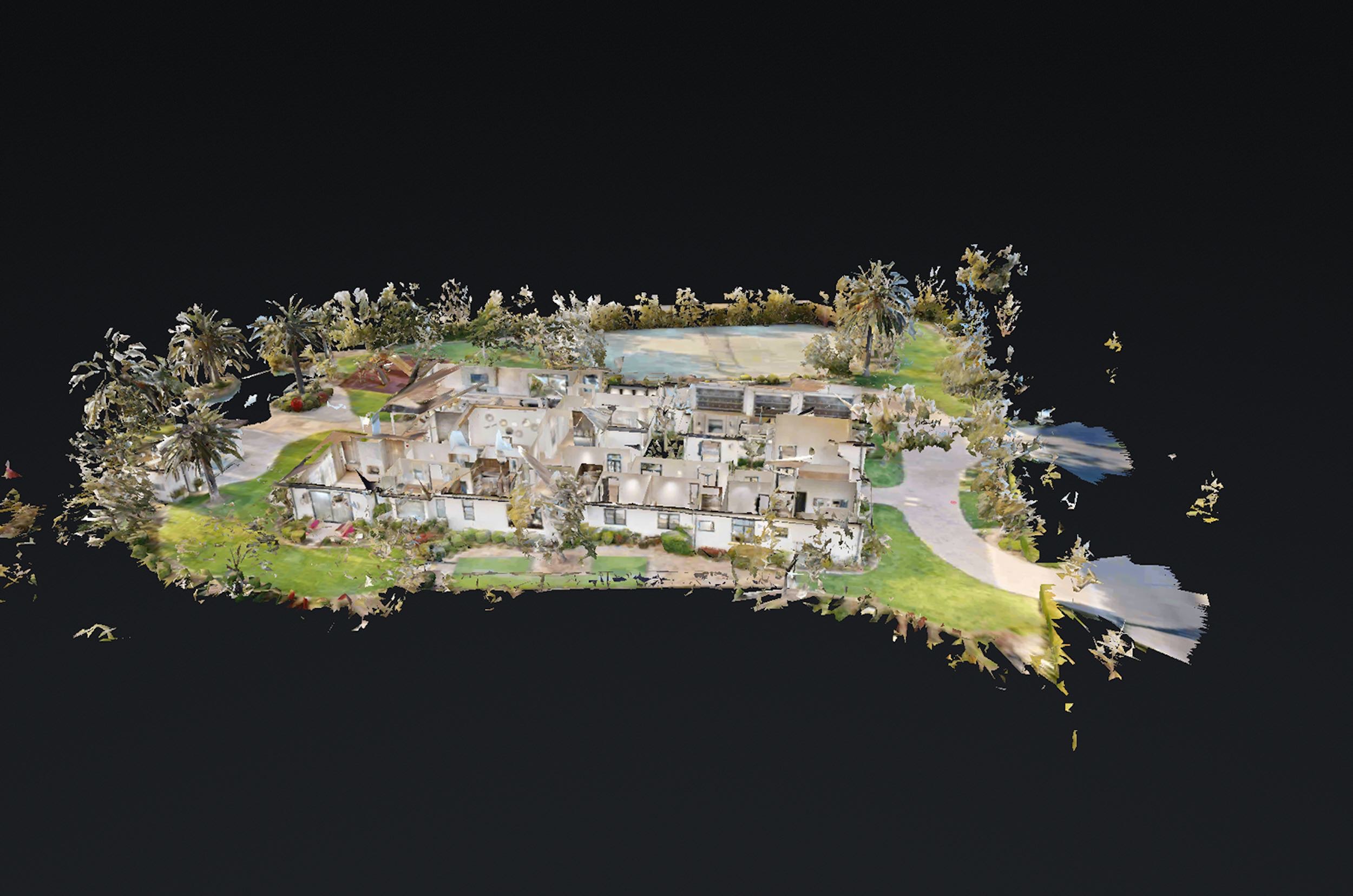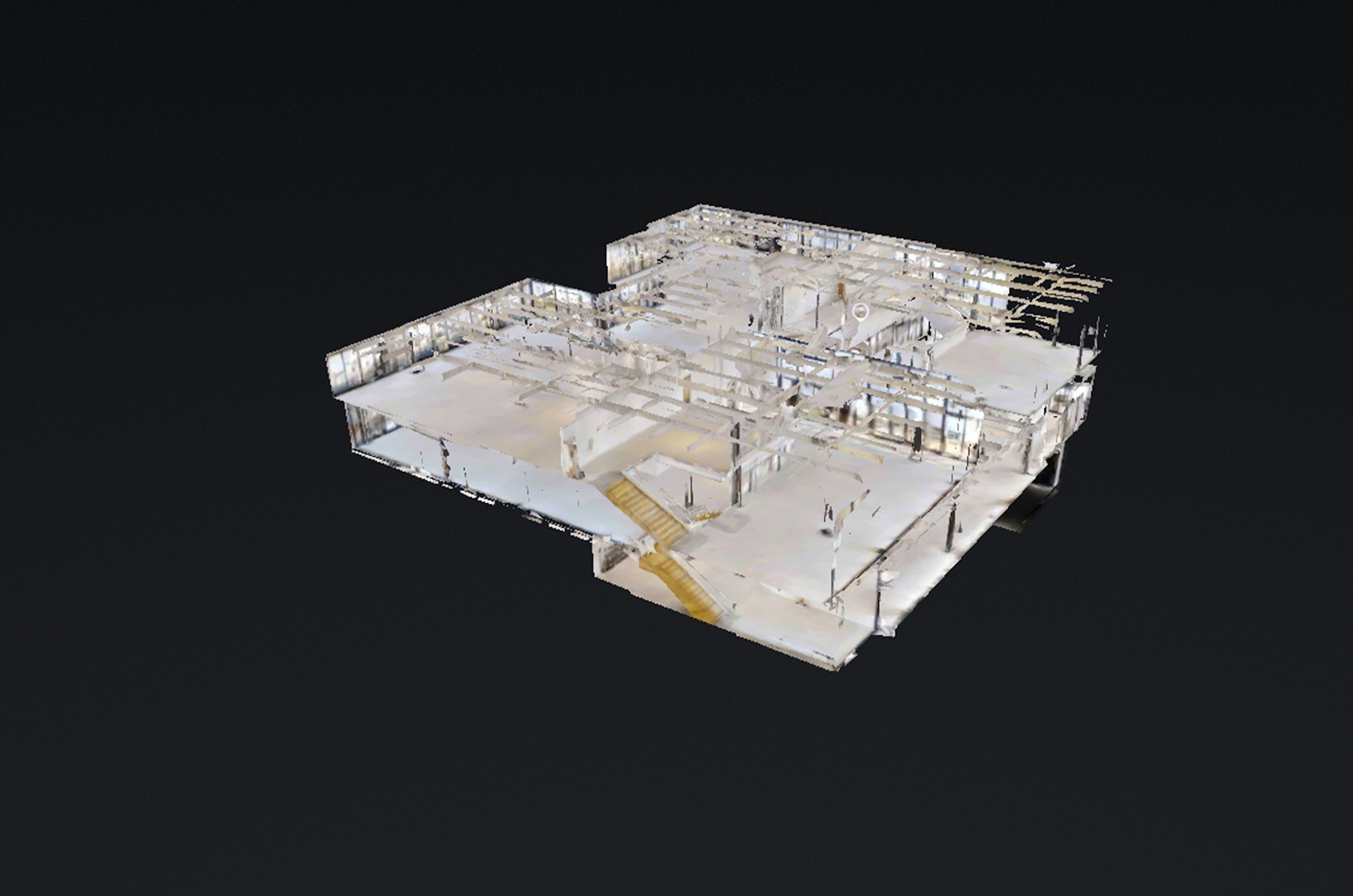In an era where digital presence is as crucial as physical visibility, 360 Virtual Tours are redefining the landscape of showroom product marketing. This immersive technology invites potential customers into a virtual space, offering them a detailed, interactive exploration of products from the comfort of their own devices. This blog will delve into the transformative potential of 360 Virtual Tours, highlighting innovative strategies to captivate and engage your audience, thus revolutionizing your product marketing approach.
The Digital Showroom Experience:
Imagine showcasing your products in a way that allows customers to feel as though they are walking through your physical showroom. 360 Virtual Tours make this possible by creating a digital twin of your space.
This technology doesn’t just replicate your showroom; it enhances it, allowing for interactive elements such as clickable information points, video integration, and even direct links to purchase pages. By providing a comprehensive view of your products, you empower customers to make informed decisions, boosting their confidence and your credibility.
Engagement Through Interactivity:
The key to effective product marketing lies in engagement, and 360 Virtual Tours offer a plethora of interactive features to captivate your audience. Embed detailed product descriptions, tutorials, and testimonials directly into your tour, providing valuable information at every turn.
Incorporate gamification elements, like scavenger hunts or quizzes, to encourage viewers to explore every nook of your virtual showroom. Such interactive elements not only make the experience memorable but also significantly increase the time potential clients spend with your products.
Analytics and Personalization:
One of the most significant advantages of 360 Virtual Tours is the ability to gather precise data on visitor interactions. Understand which products attract the most attention or identify common drop-off points in your tour. Use this data to refine your marketing strategies, personalize follow-ups, and continually enhance your virtual showroom based on real user behavior. The insights gained from these analytics are invaluable, allowing for a data-driven approach to product marketing.
Conclusion:
360 Virtual Tours are not just a digital marketing tool; they are a dynamic platform that transforms how customers interact with your products. By offering an immersive, informative, and interactive experience, you not only meet the expectations of the modern consumer but exceed them. In the competitive landscape of product marketing, embracing innovative technologies like 360 Virtual Tours will set your showroom apart, ensuring your products are not just seen but experienced.







